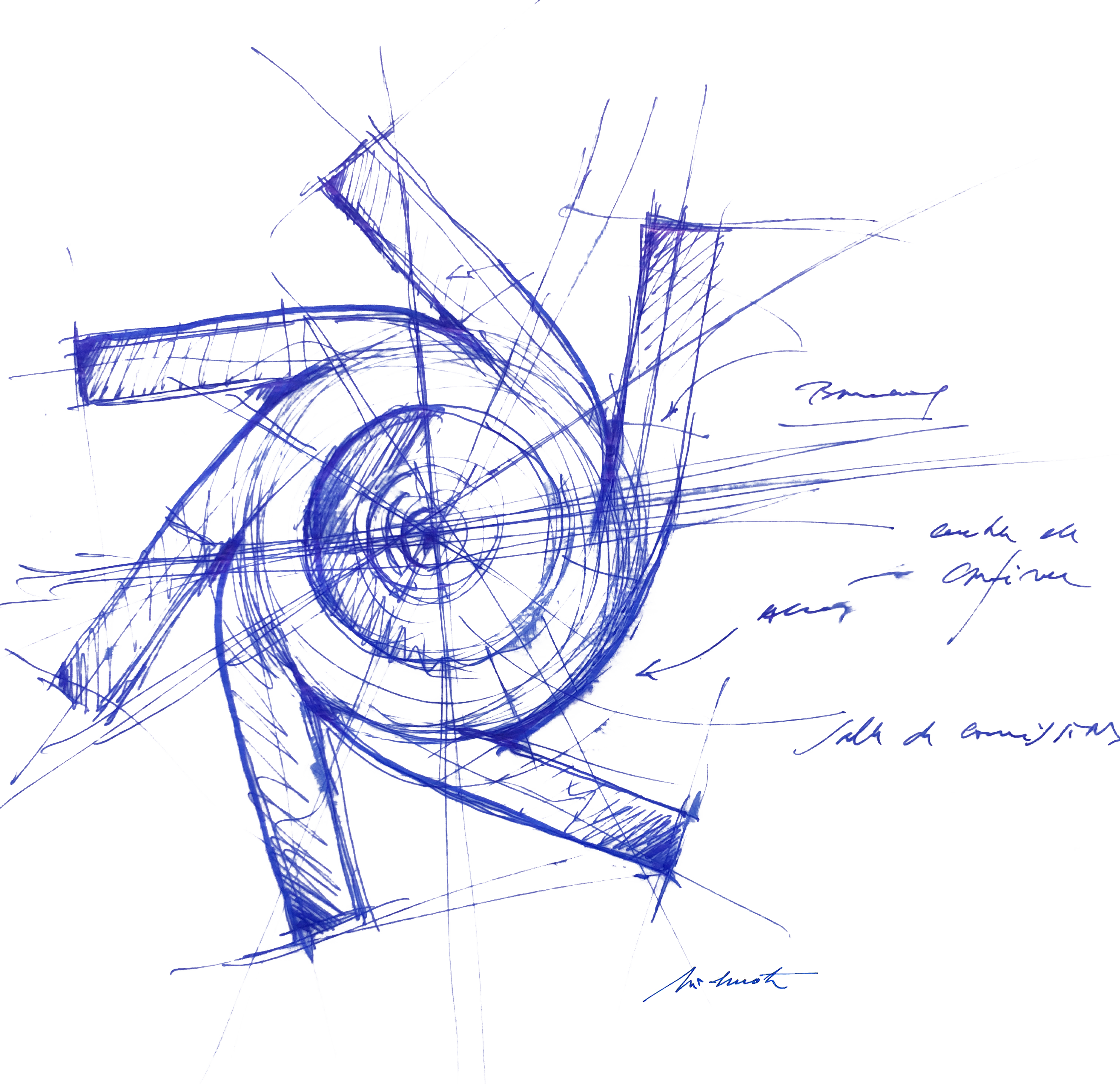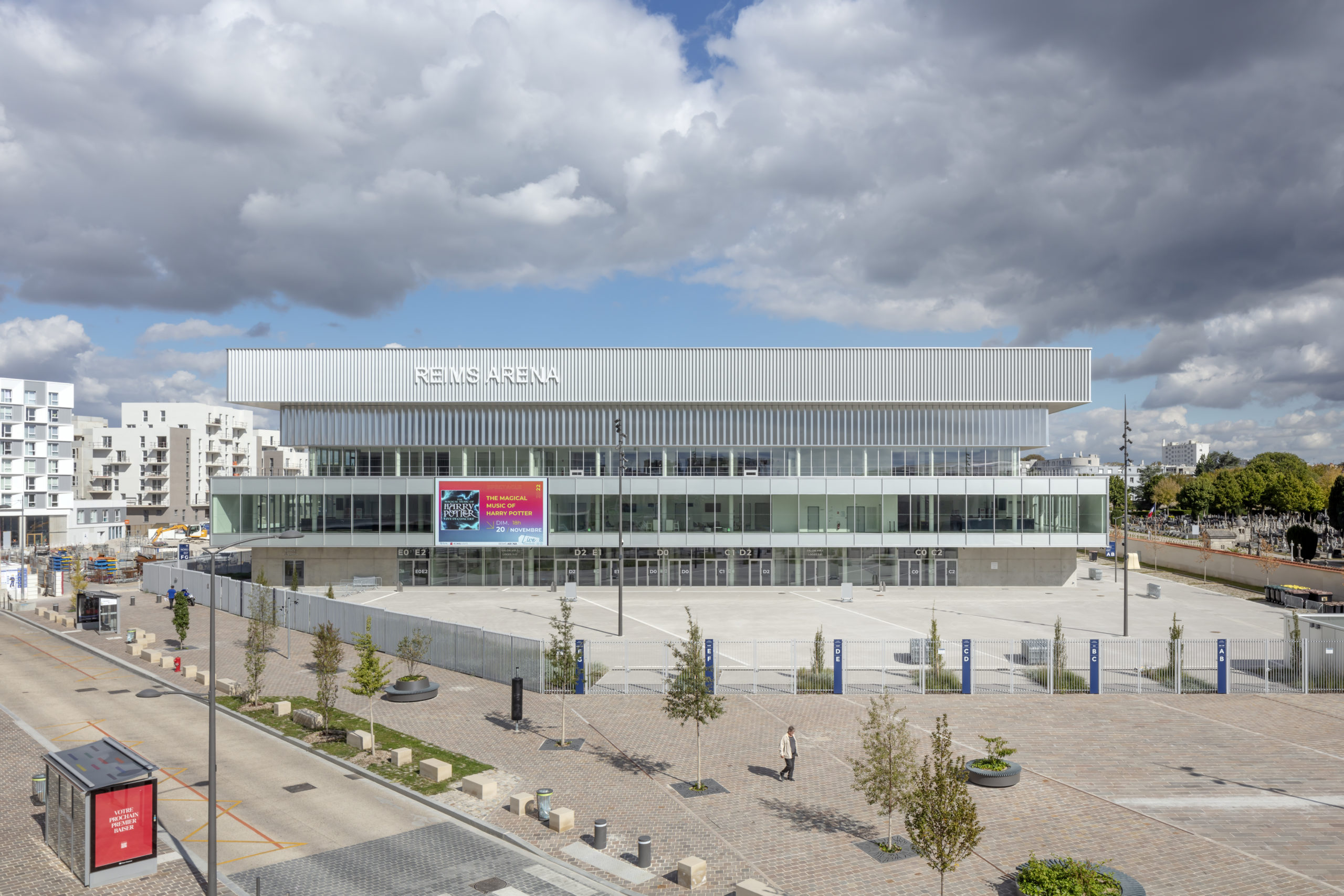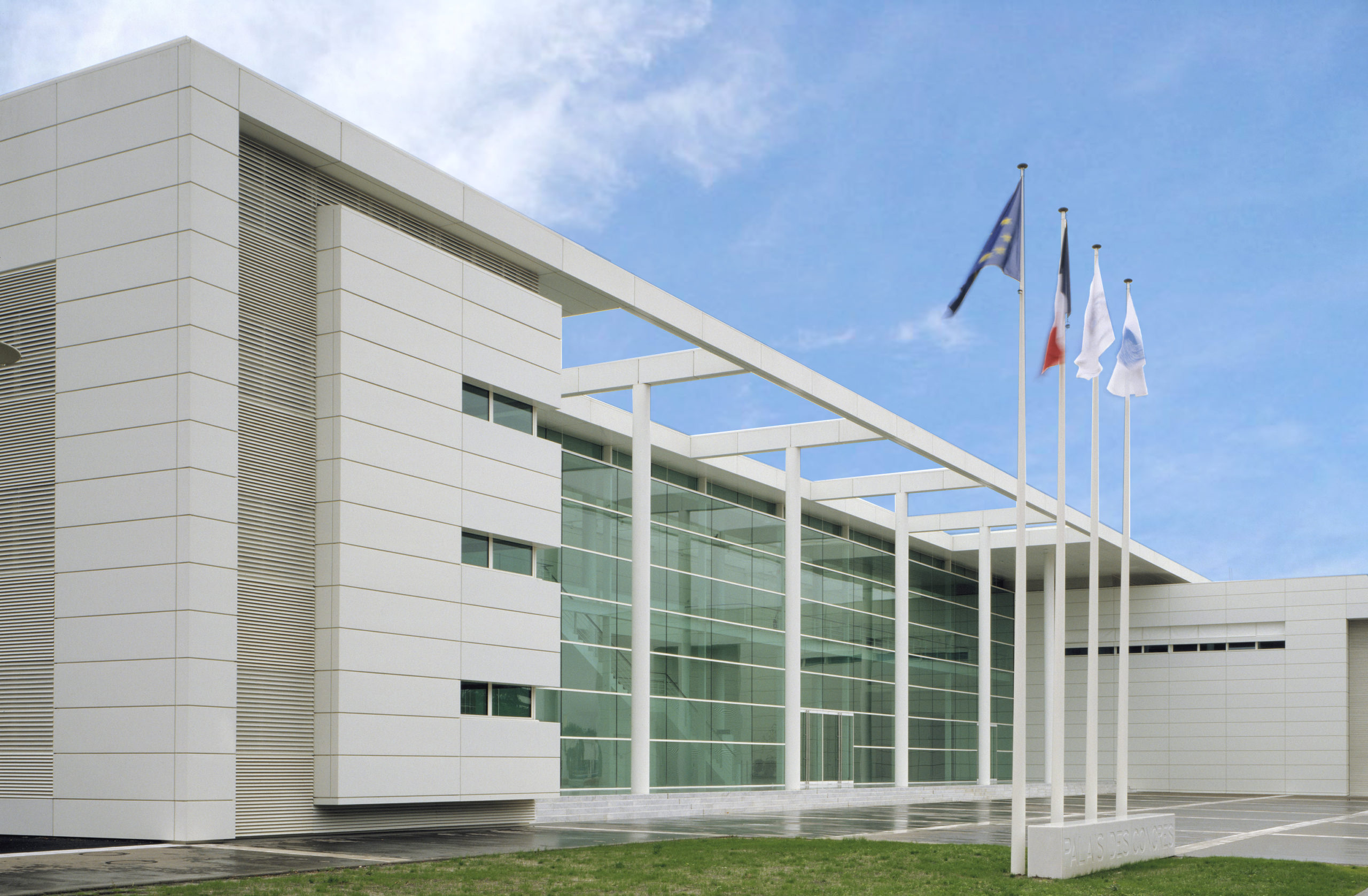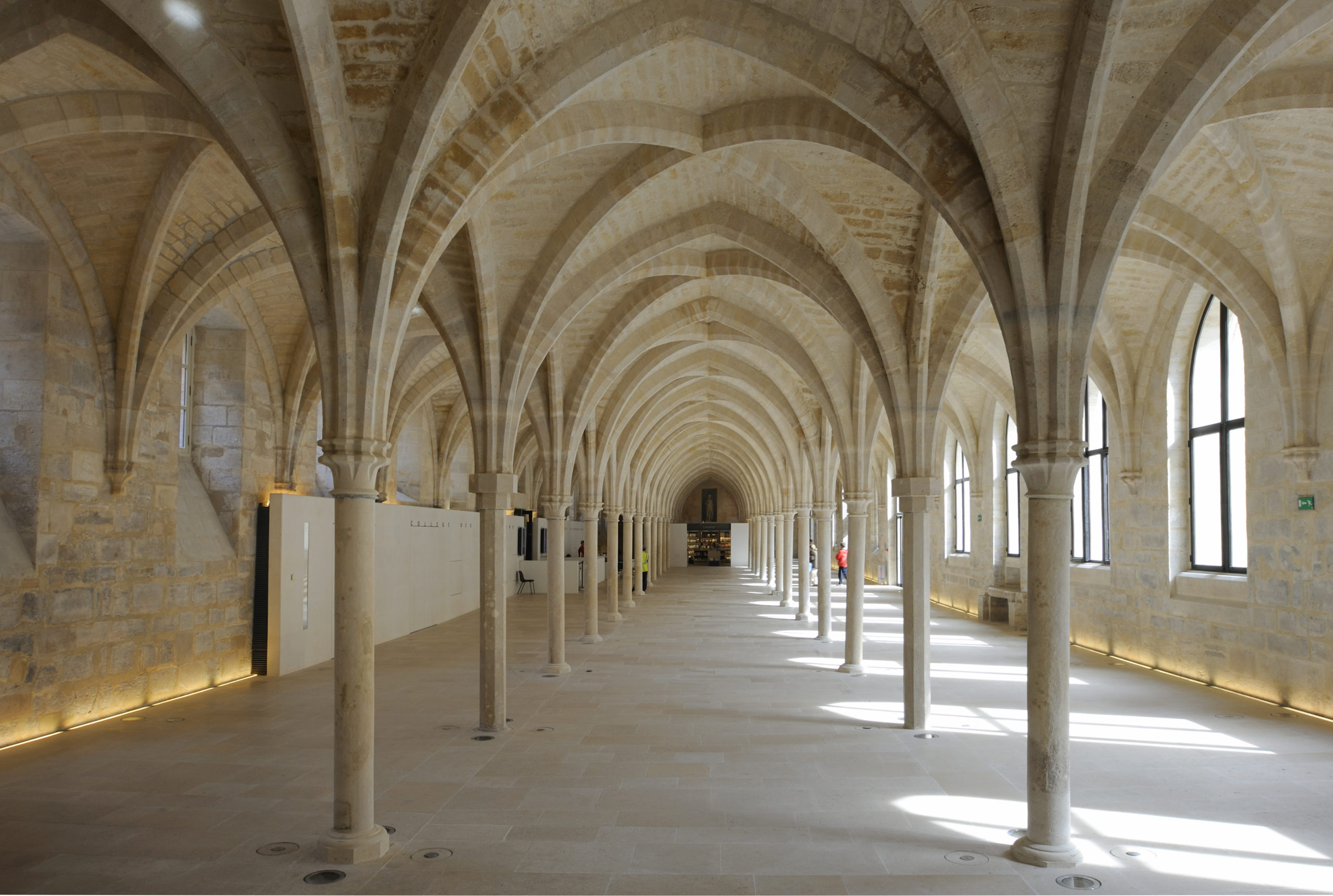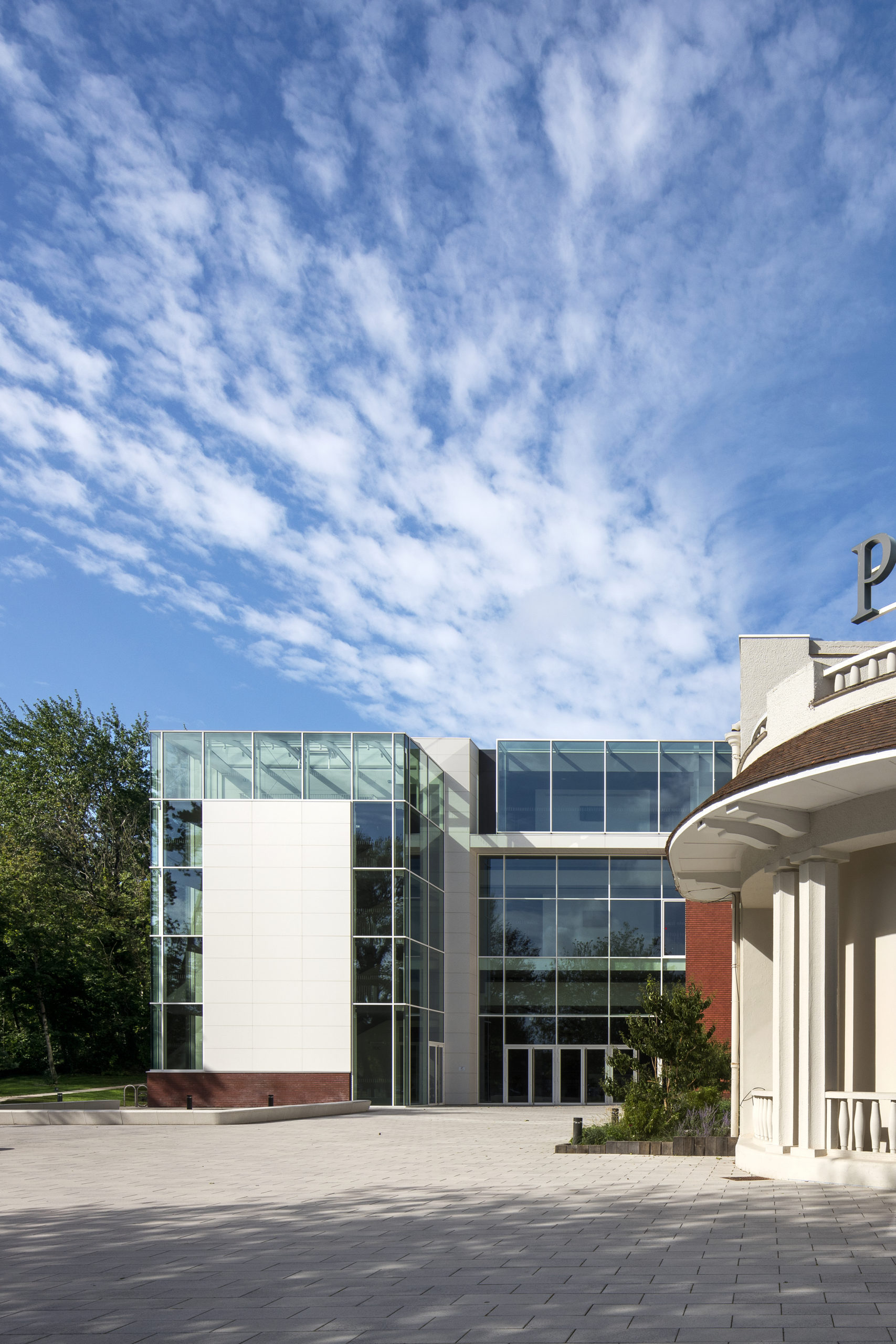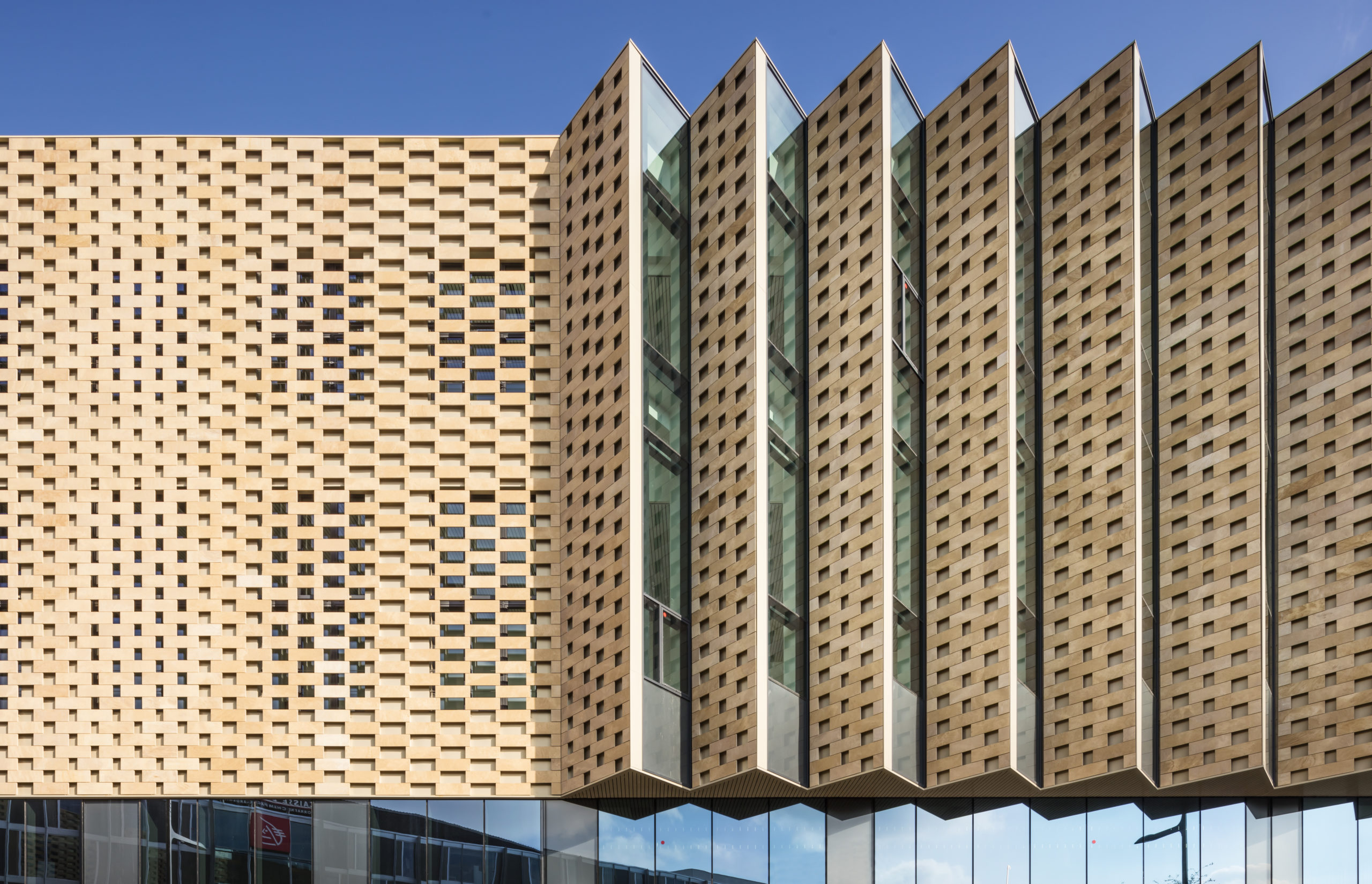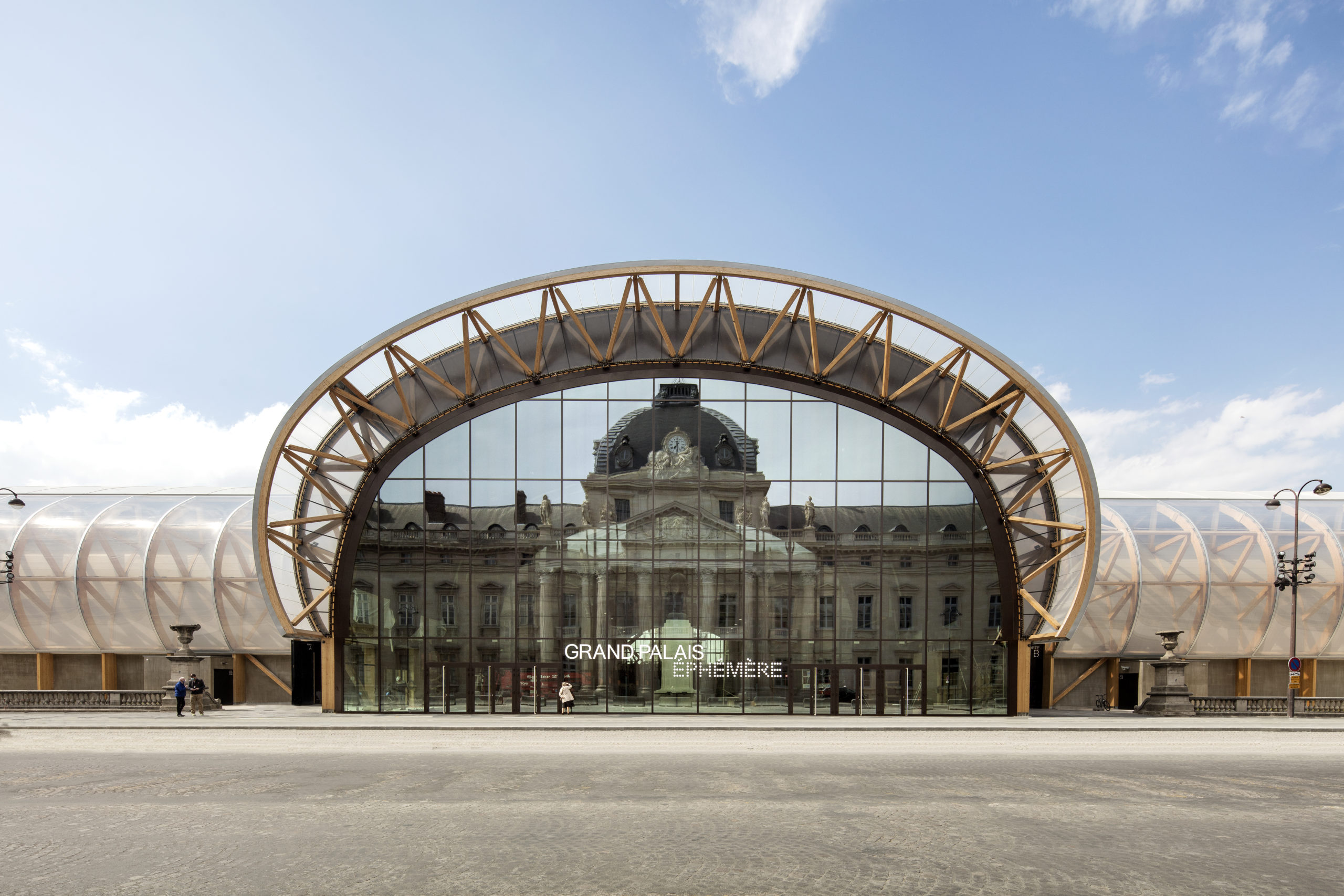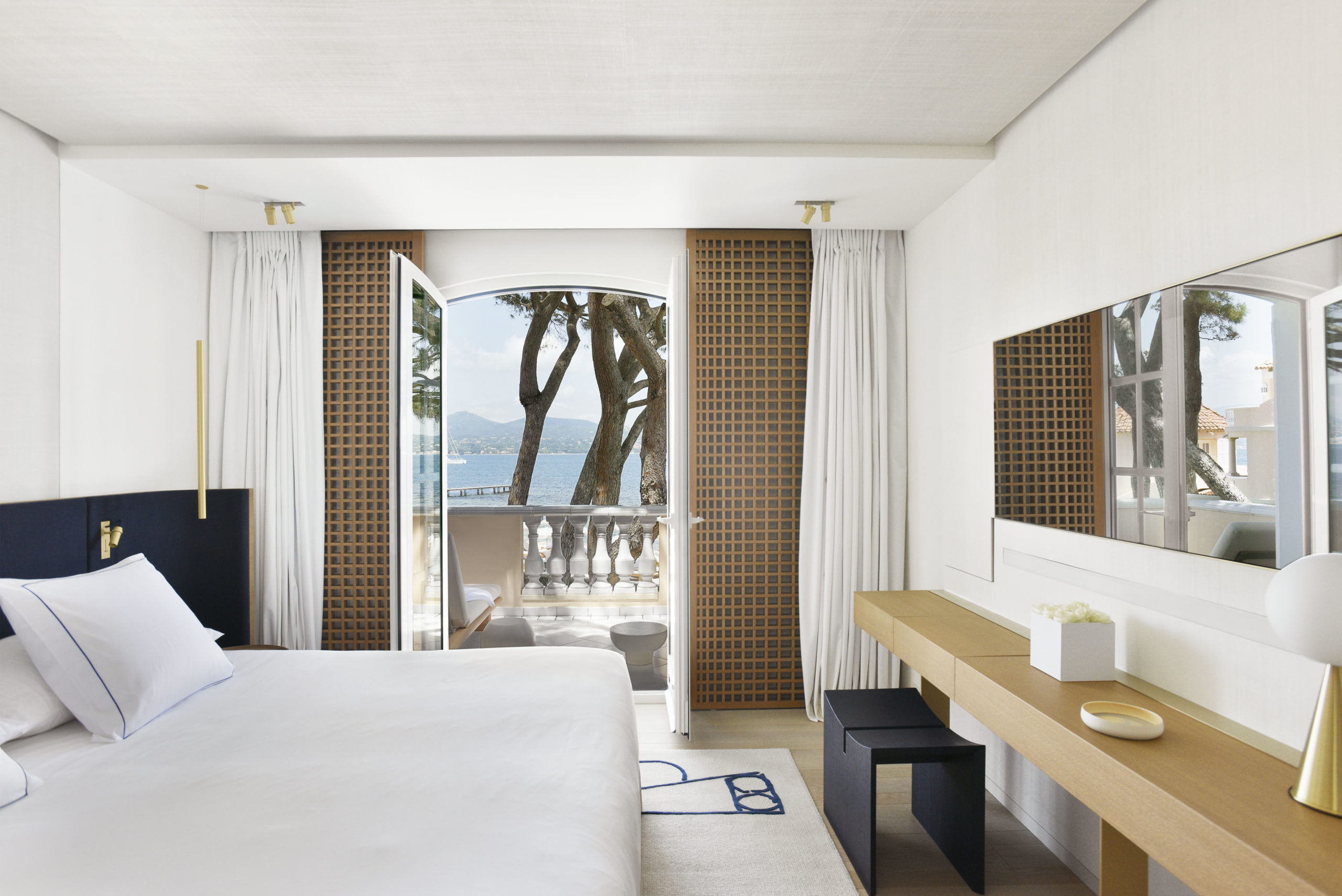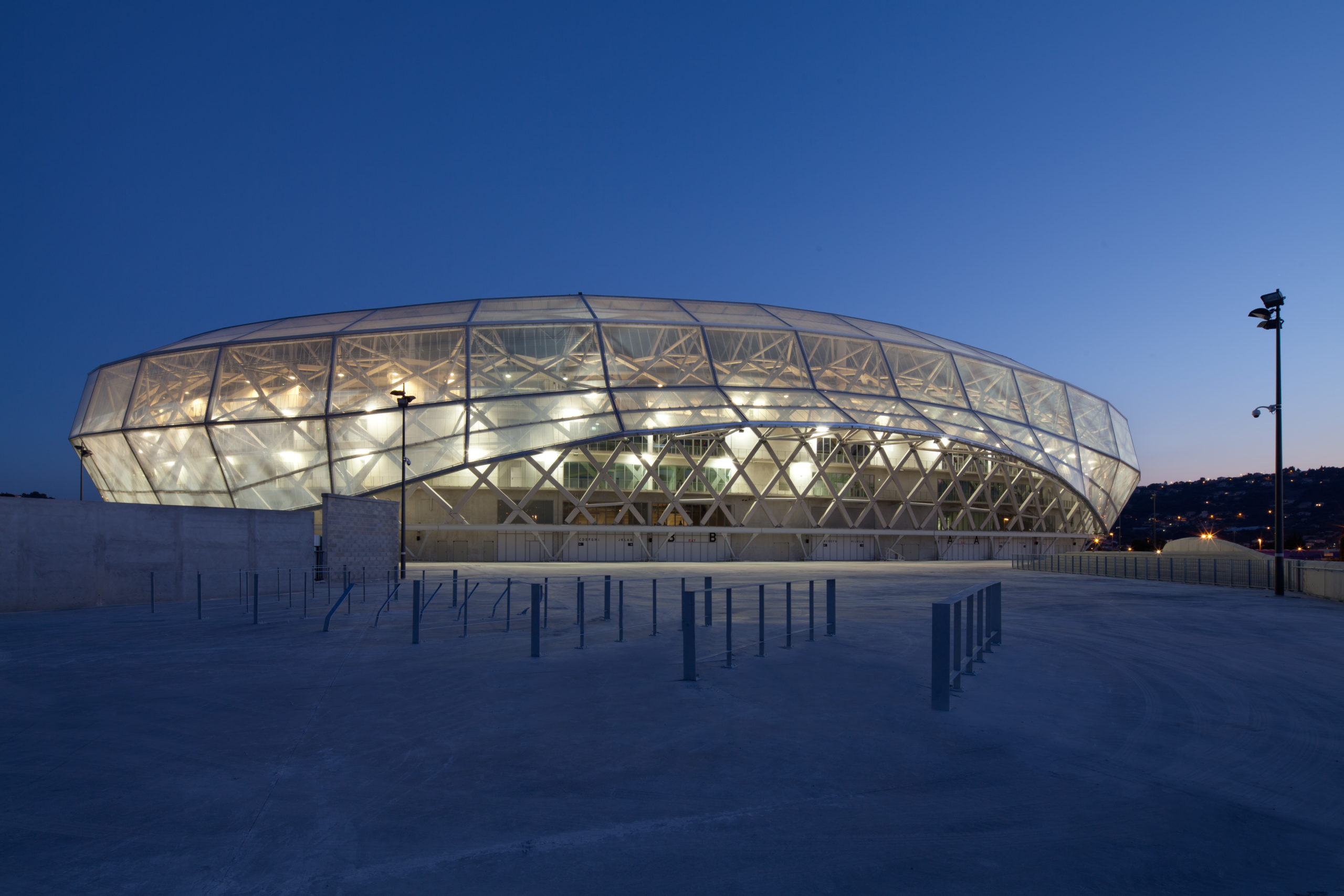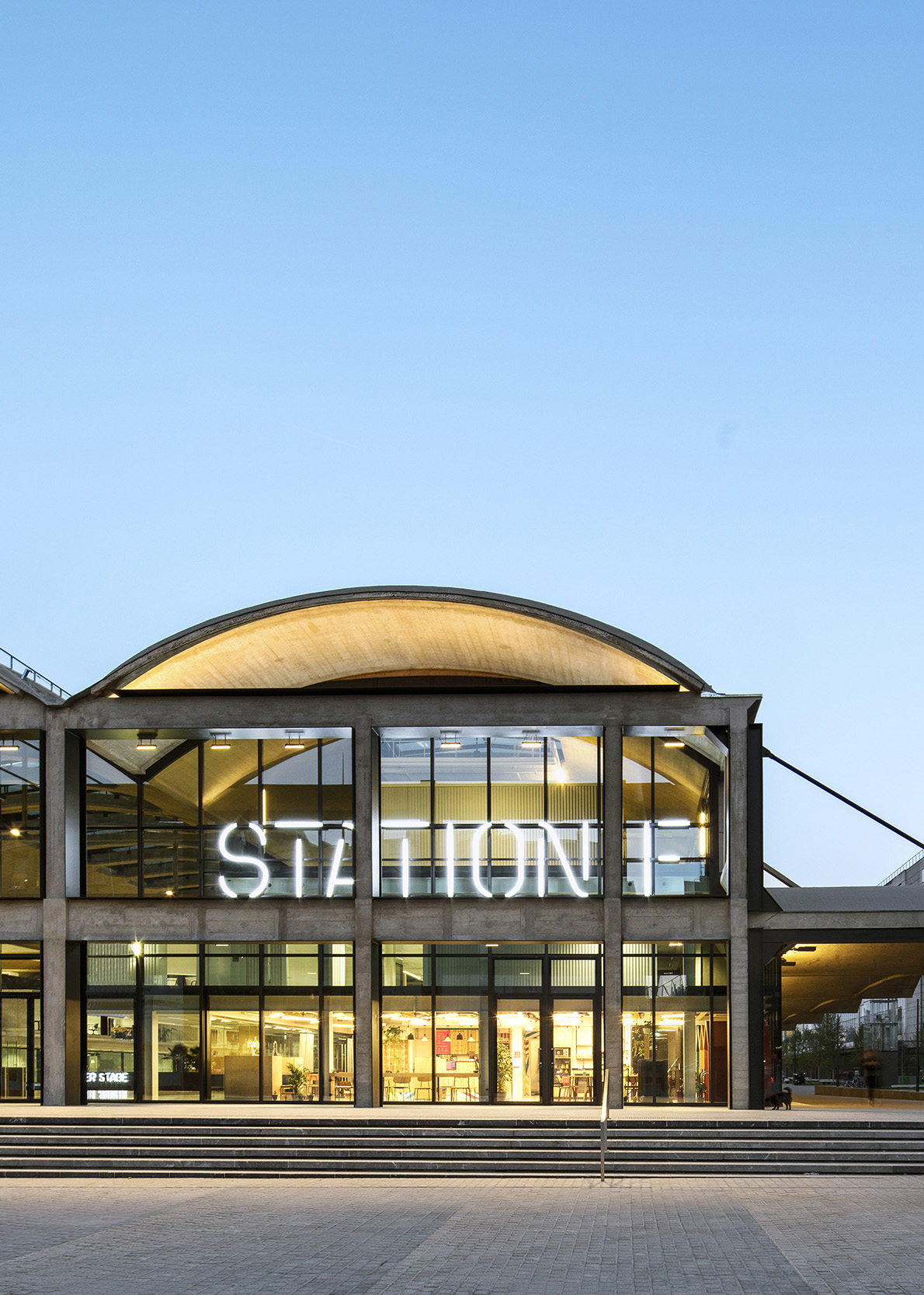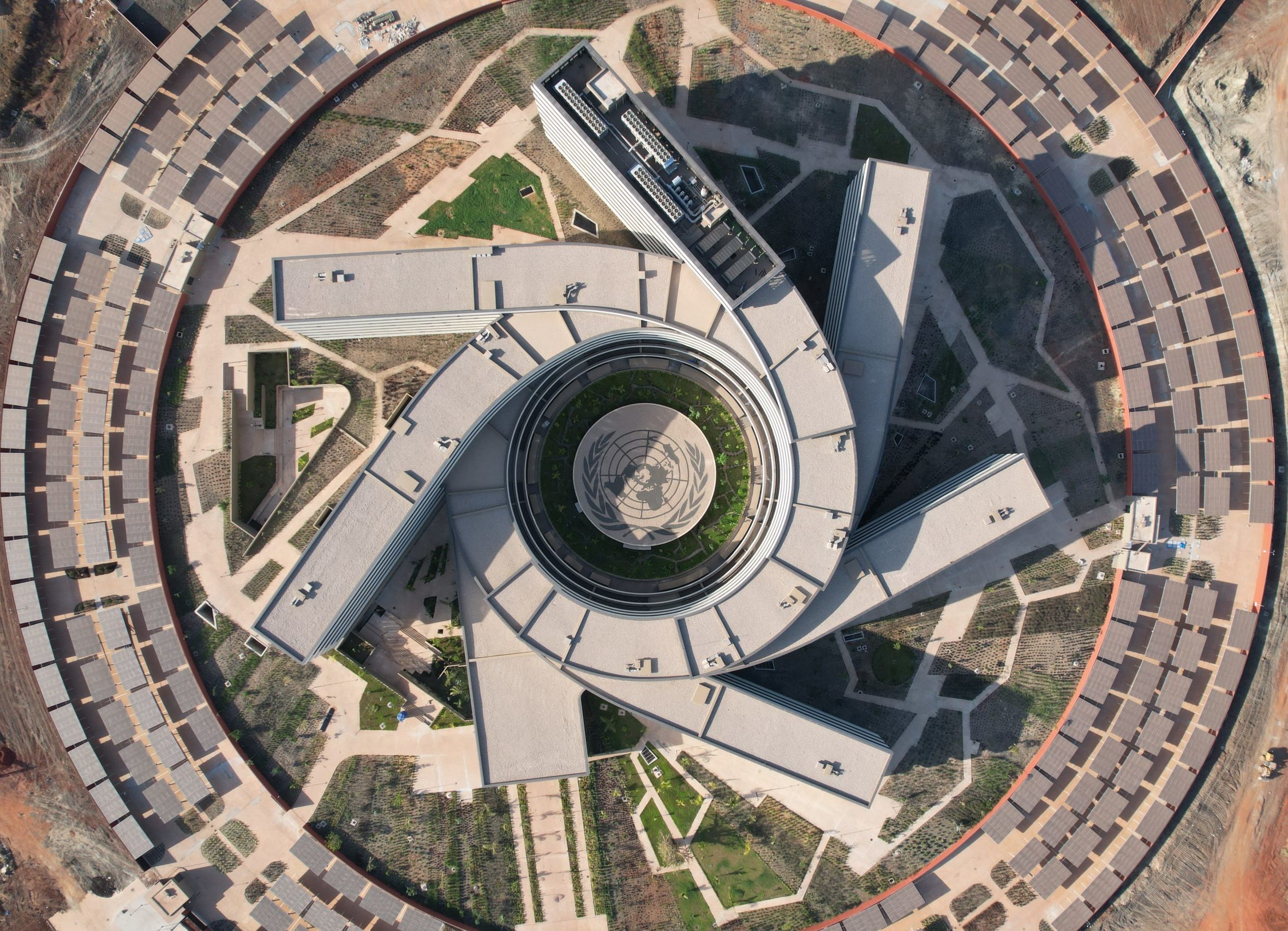
The United Nations House
UNITED NATIONS HOUSE FOR WEST AFRICA
Sénégal
ENVOL PARTENARIATS SÉNÉGAL
STATE OF SÉNÉGAL
WIETC
Architect: WILMOTTE & ASSOCIÉS
Local architect: B.E.A.U
Lanscaper: NEVEUX-ROUYER
Scenography: SCENEVOLUTION
Executive Project Supervisor: CONCEHP
Engineer: SETEC
Safety/access: SETEC
Facade: CARRIERE ET DIDIER
Execution consultant: CONCEHP
Acoustics: LASA
Sustainable development: NB LAB, FRANCK BOUTTÉ CONSULTANTS
Lighting: PARIS LIGHTING
Cost consultant: MAZET & ASSOCIÉS
Control office: VERITAS
60,000 sqm (whose 40,000 sqm of offices)
2022
Construction of a building to the 34 UN agencies in Dakar.
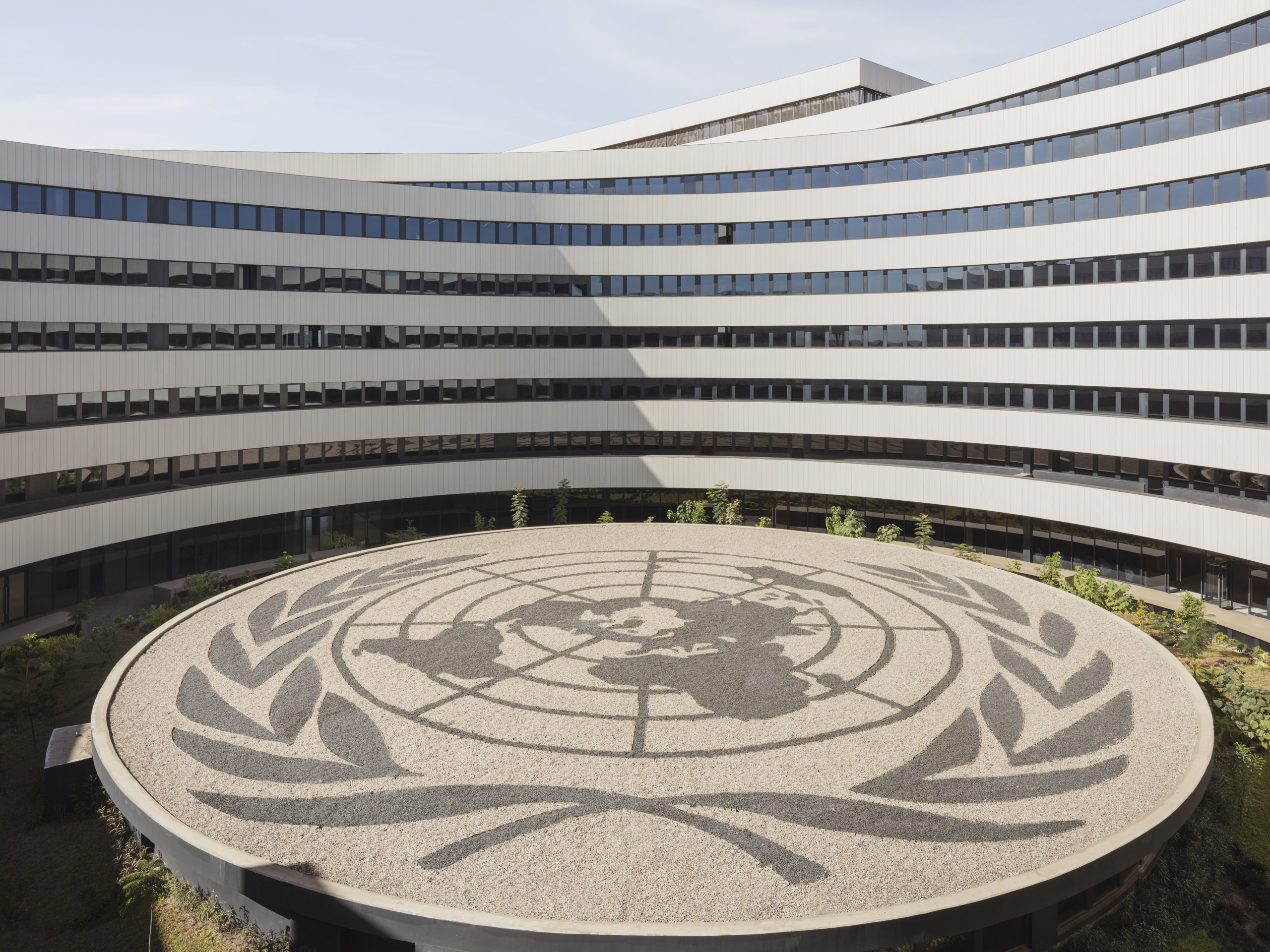
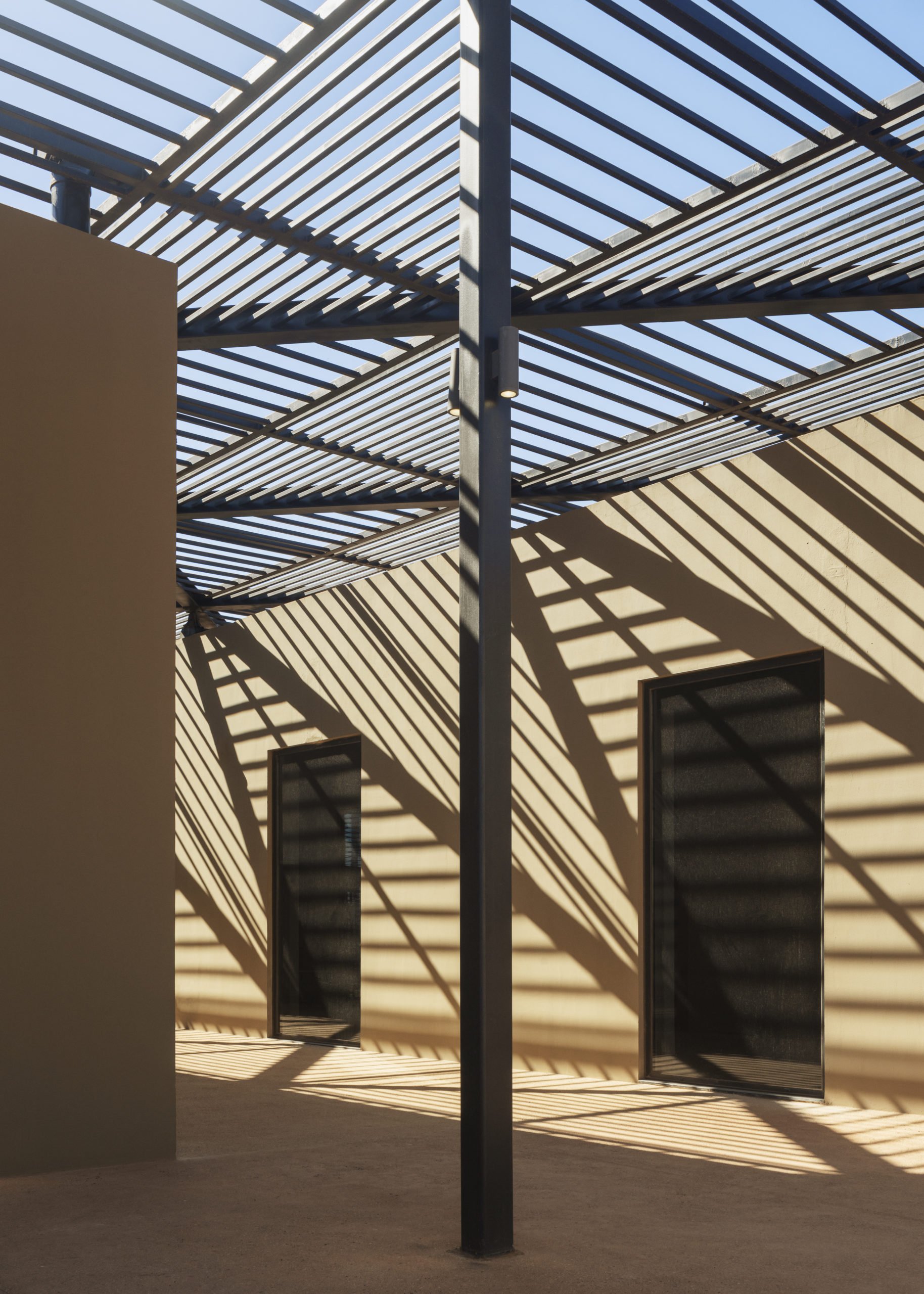
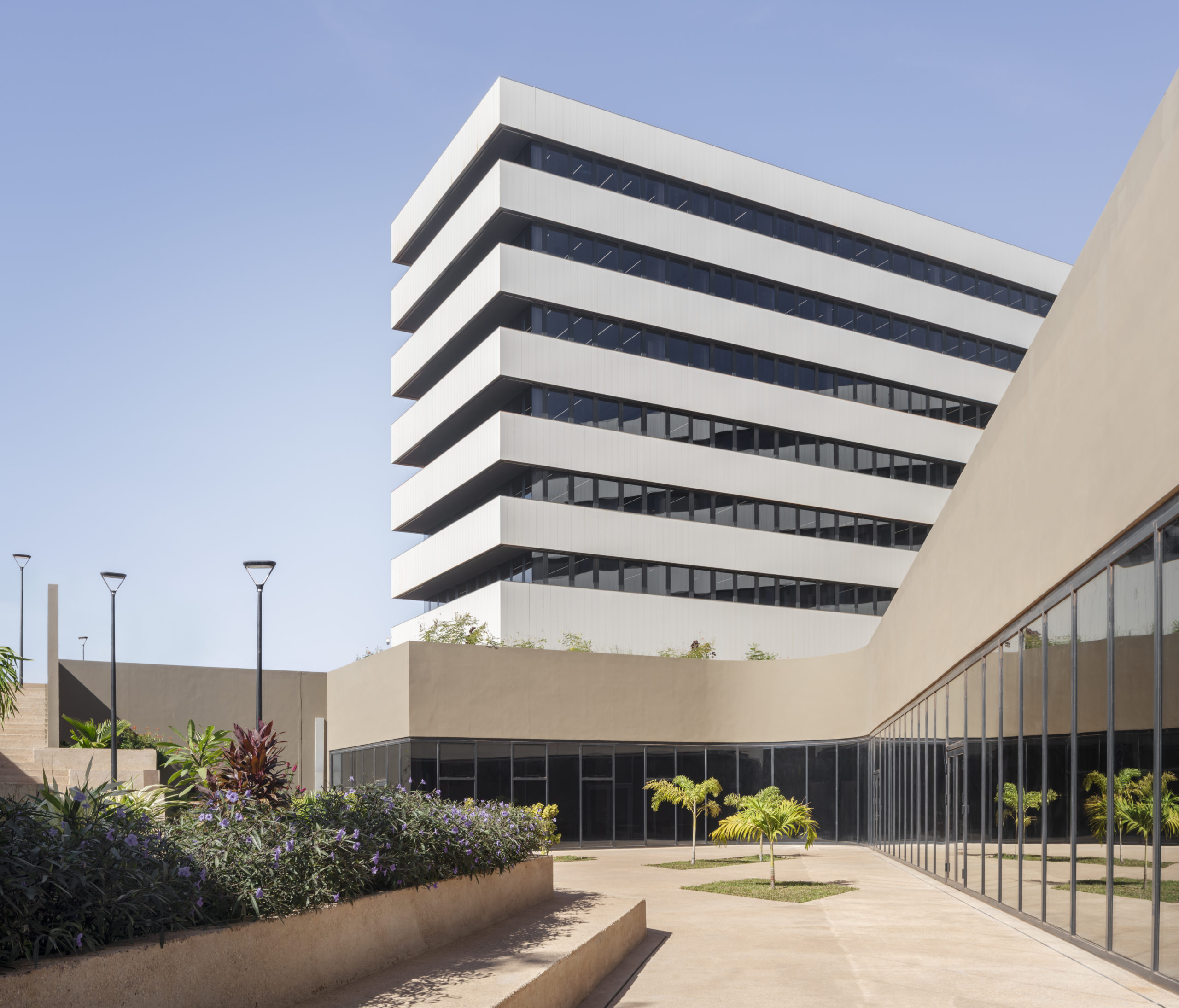
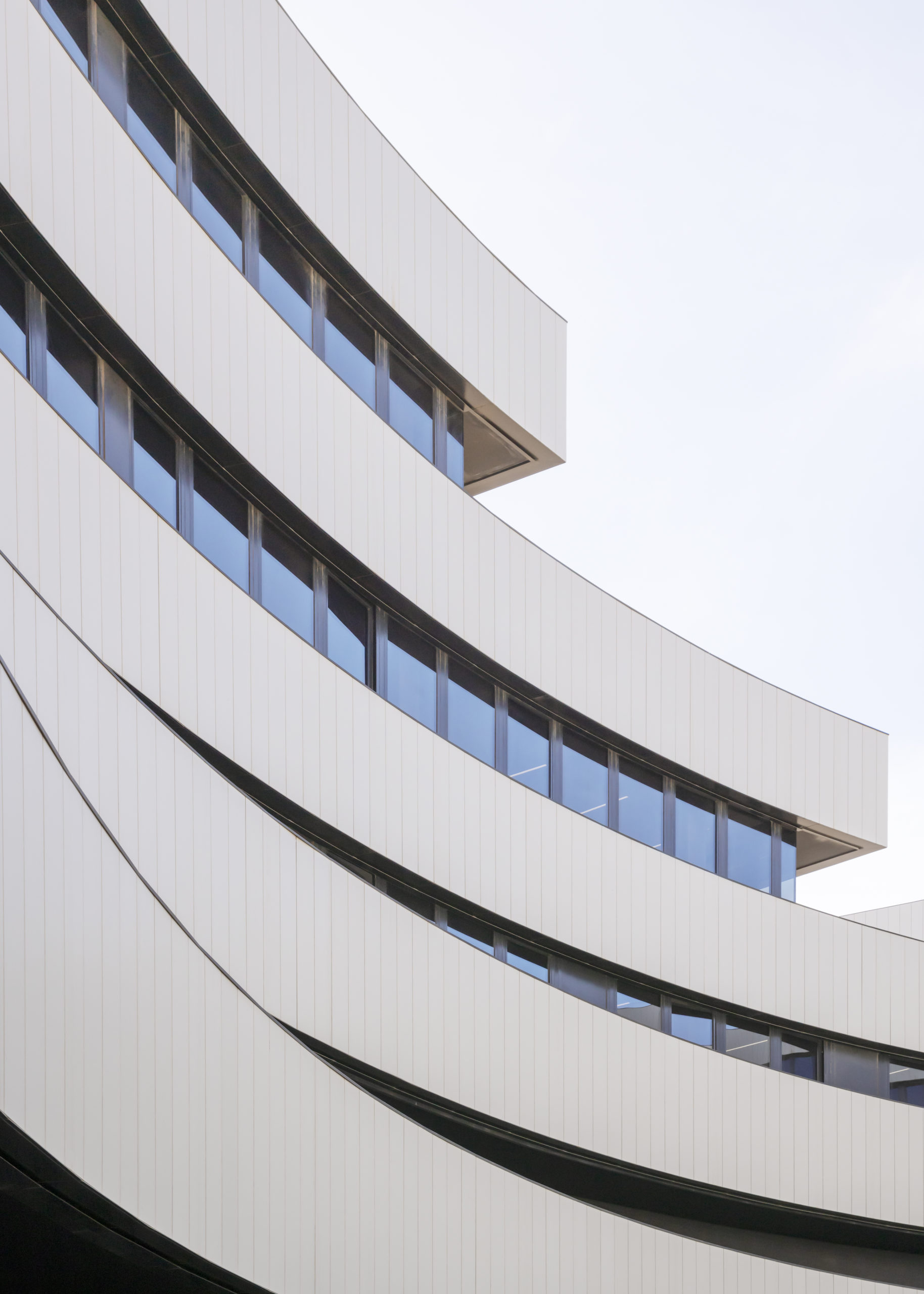
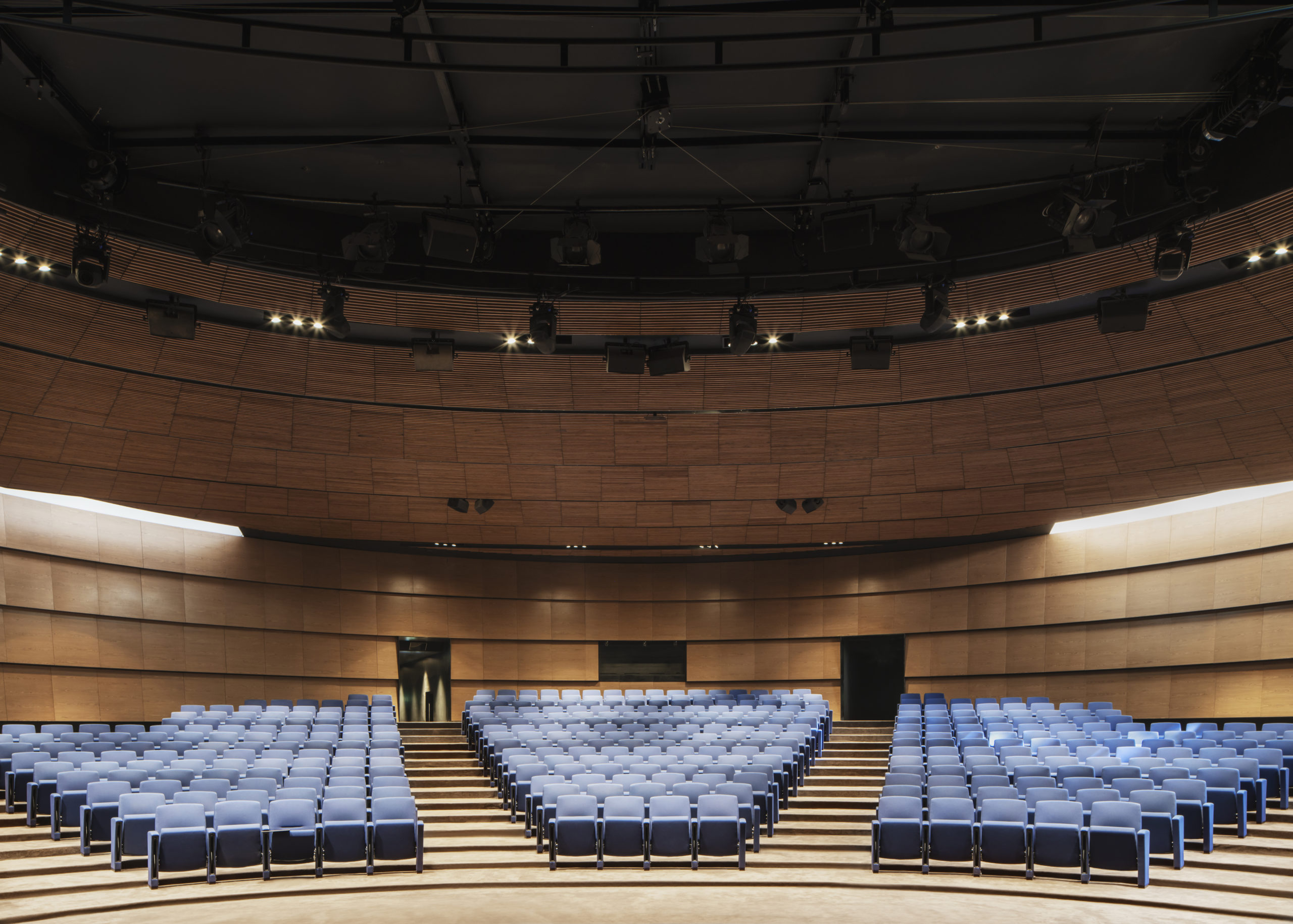
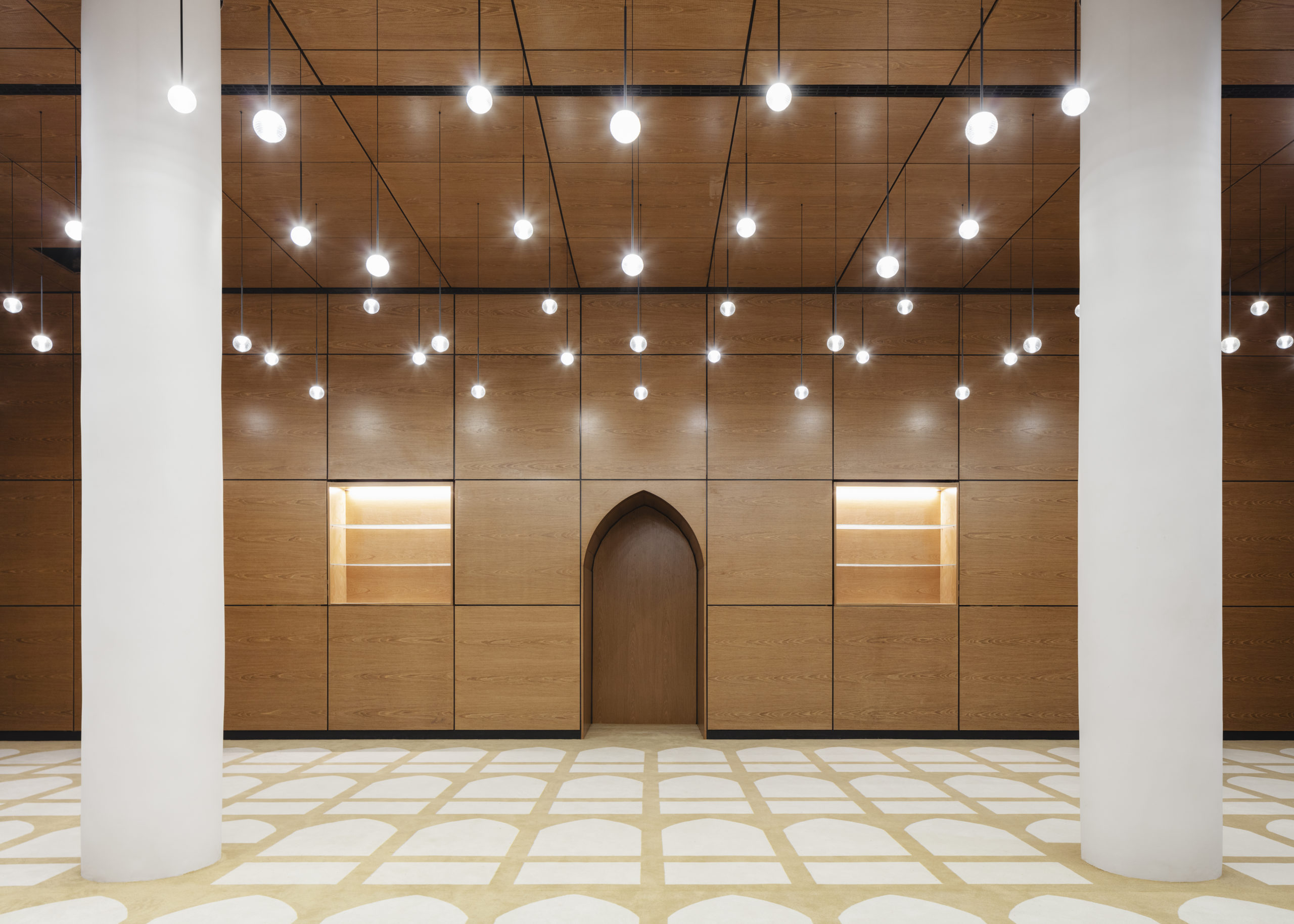
In the heart of Diamniadio, the future United Nations House in Senegal brings together the 34 United Nations agencies present in Senegal in an iconic building.
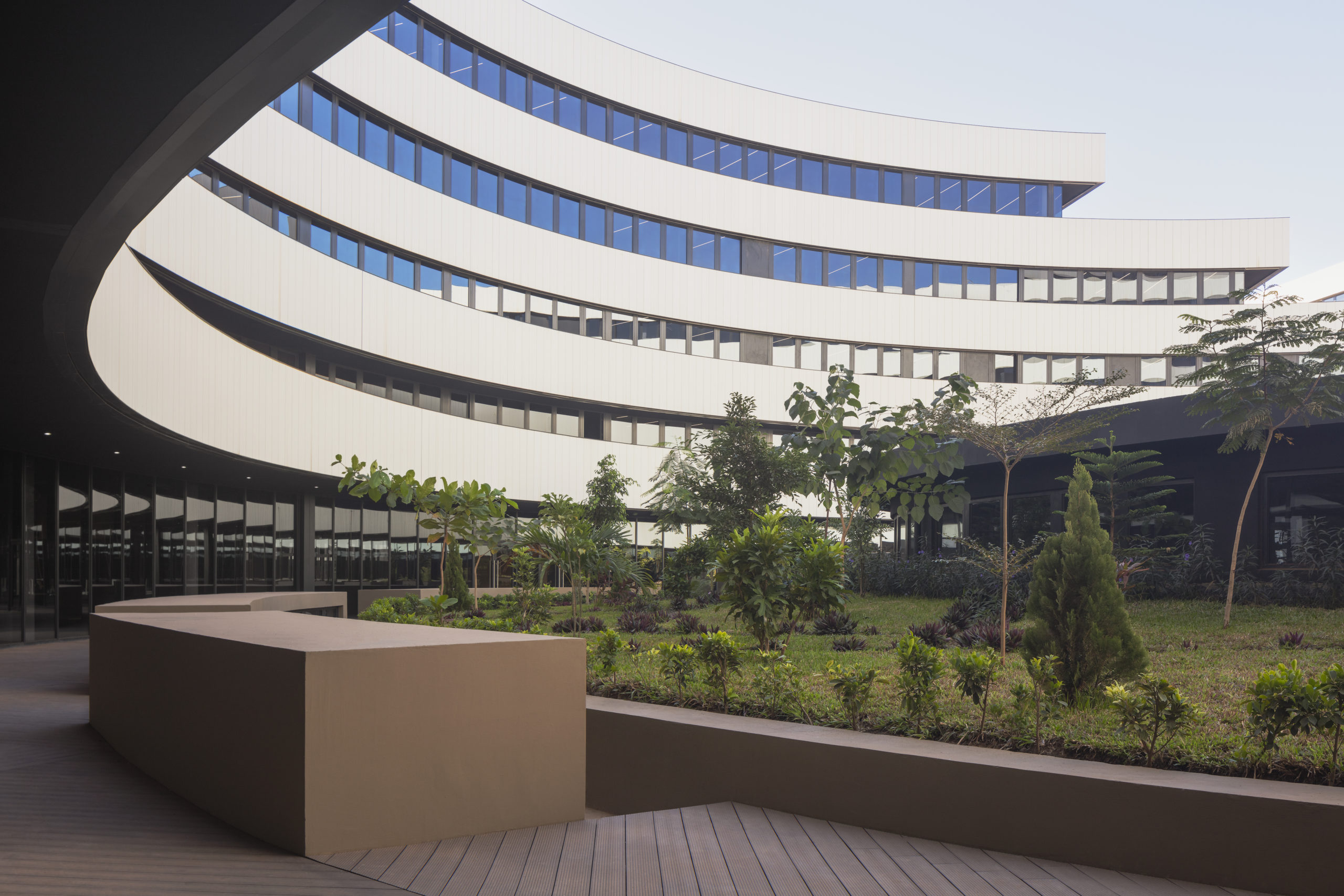
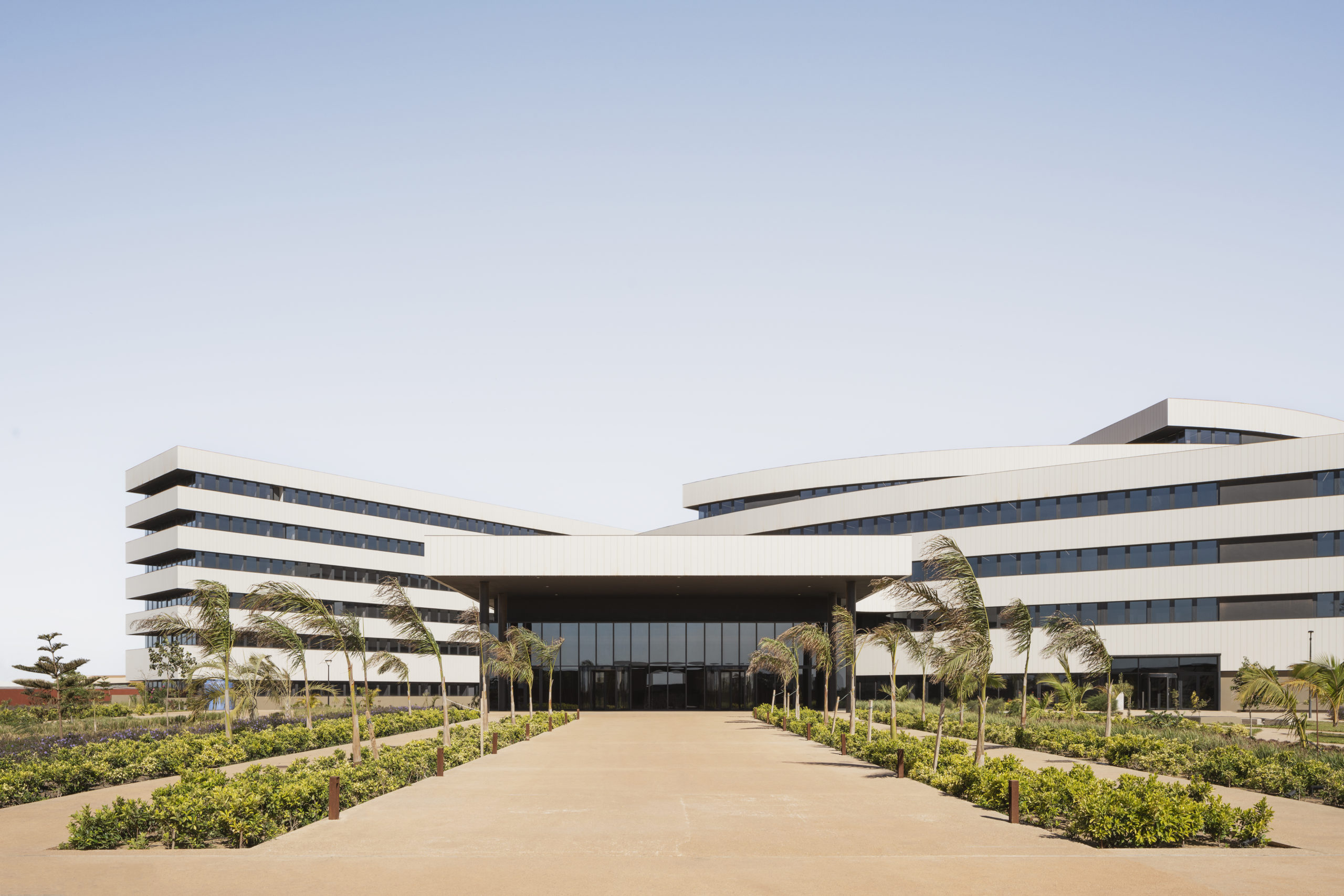
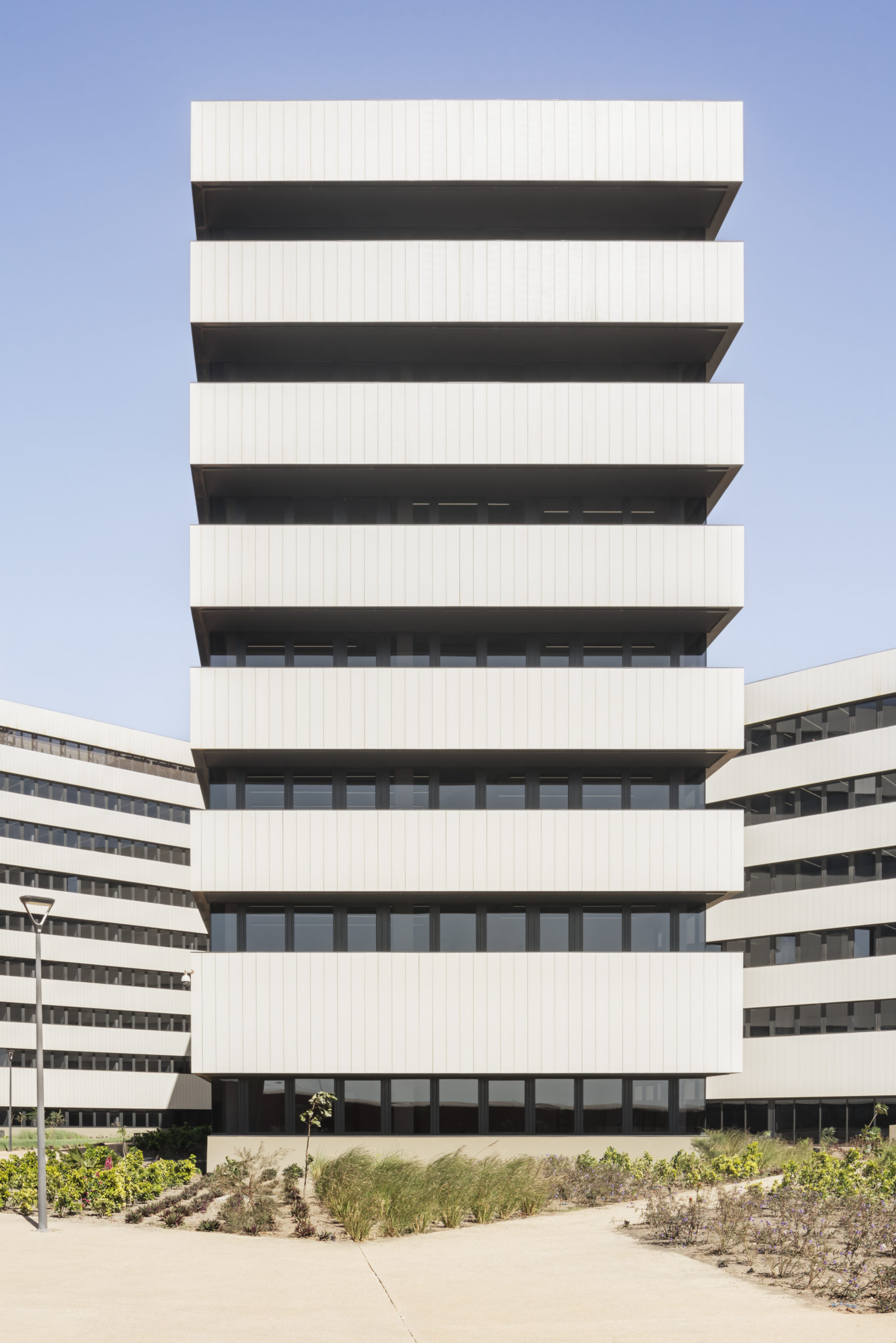
Initiated by the Senegalese government, the project brings together the 34 UN agencies scattered around Dakar in a new emblematic building. Its shape is reminiscent of a water mill or a sun whose rays evoke concentration but also radiation and influences. It appears as a white circular volume with seven unfolding wings. A strong identity to symbolise the independence and collaboration of the agencies within it and the power of its decision-making centre, all in a brand new urban landscape.
The surrounding landscape provides the link between this unusual form and the urban plan. By using local materials for the soil and vegetation, the garden creates the link between the local soil and the international sphere. In its design and future operation, the UN House as a public building ensures that it is exemplary in terms of energy and accessibility.


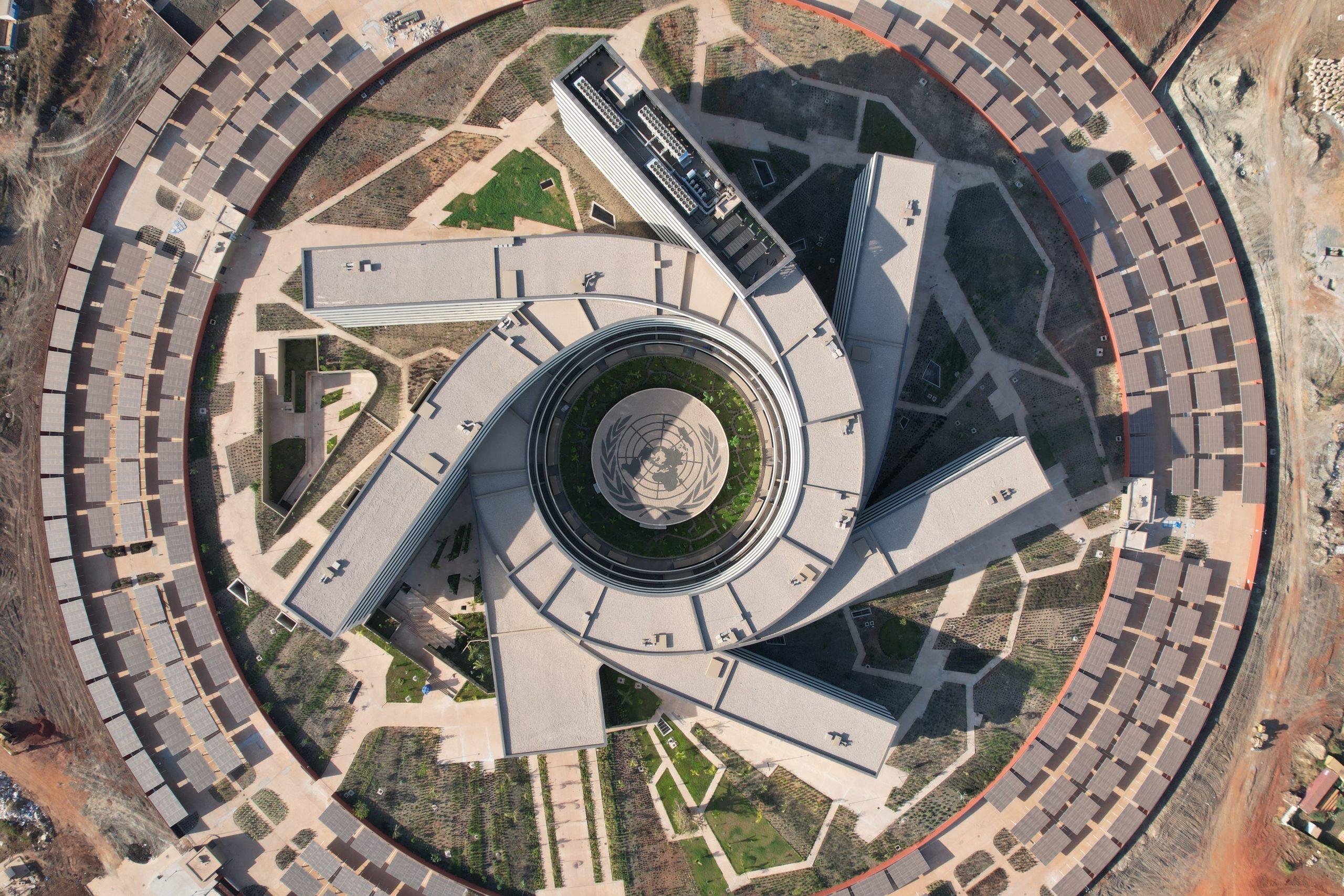
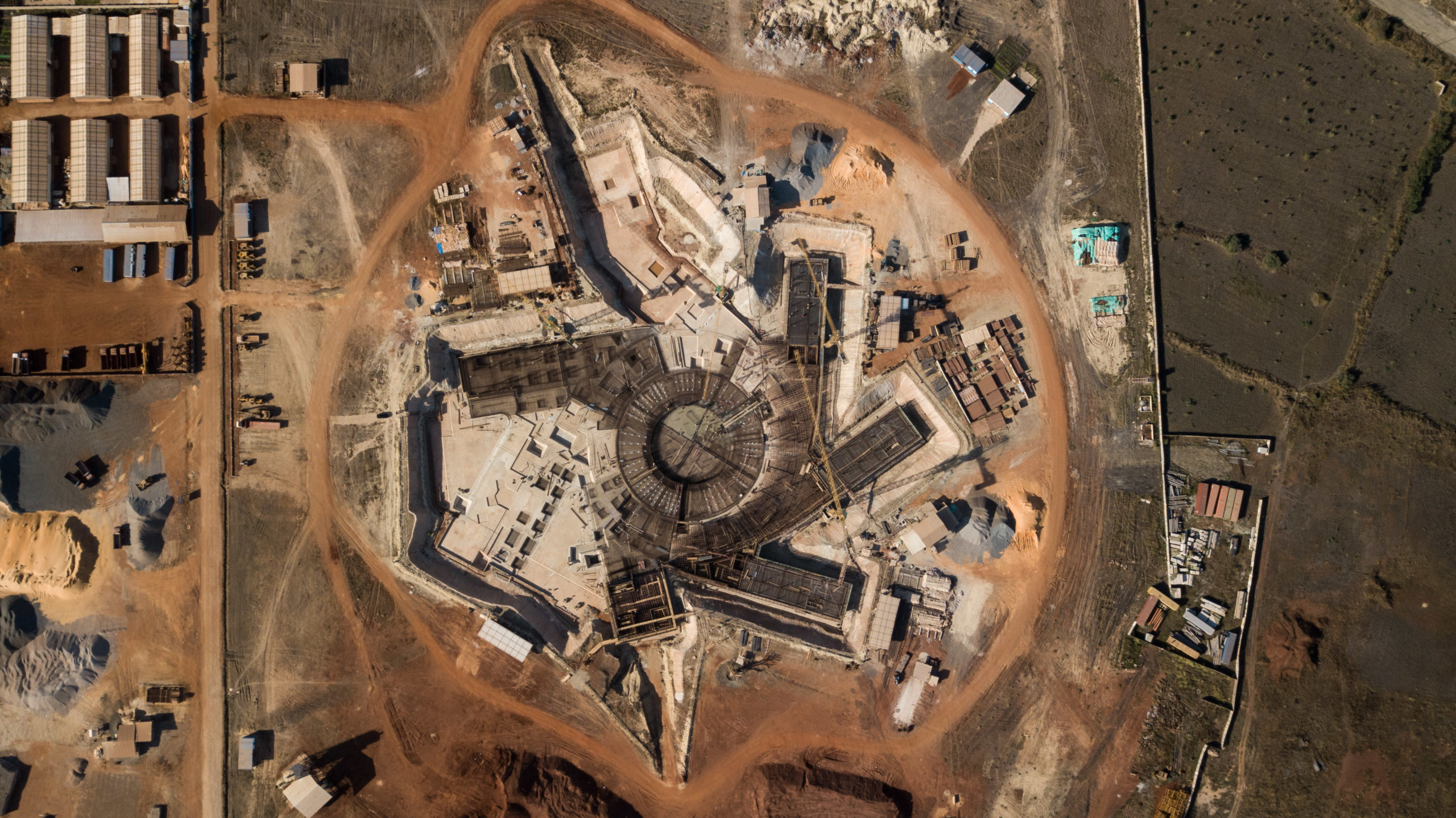

Our project takes the form of a water wheel symbolising the influence of the institution on the territory, with seven branches corresponding to the United Nations departments.
Jean-Michel Wilmotte
architect
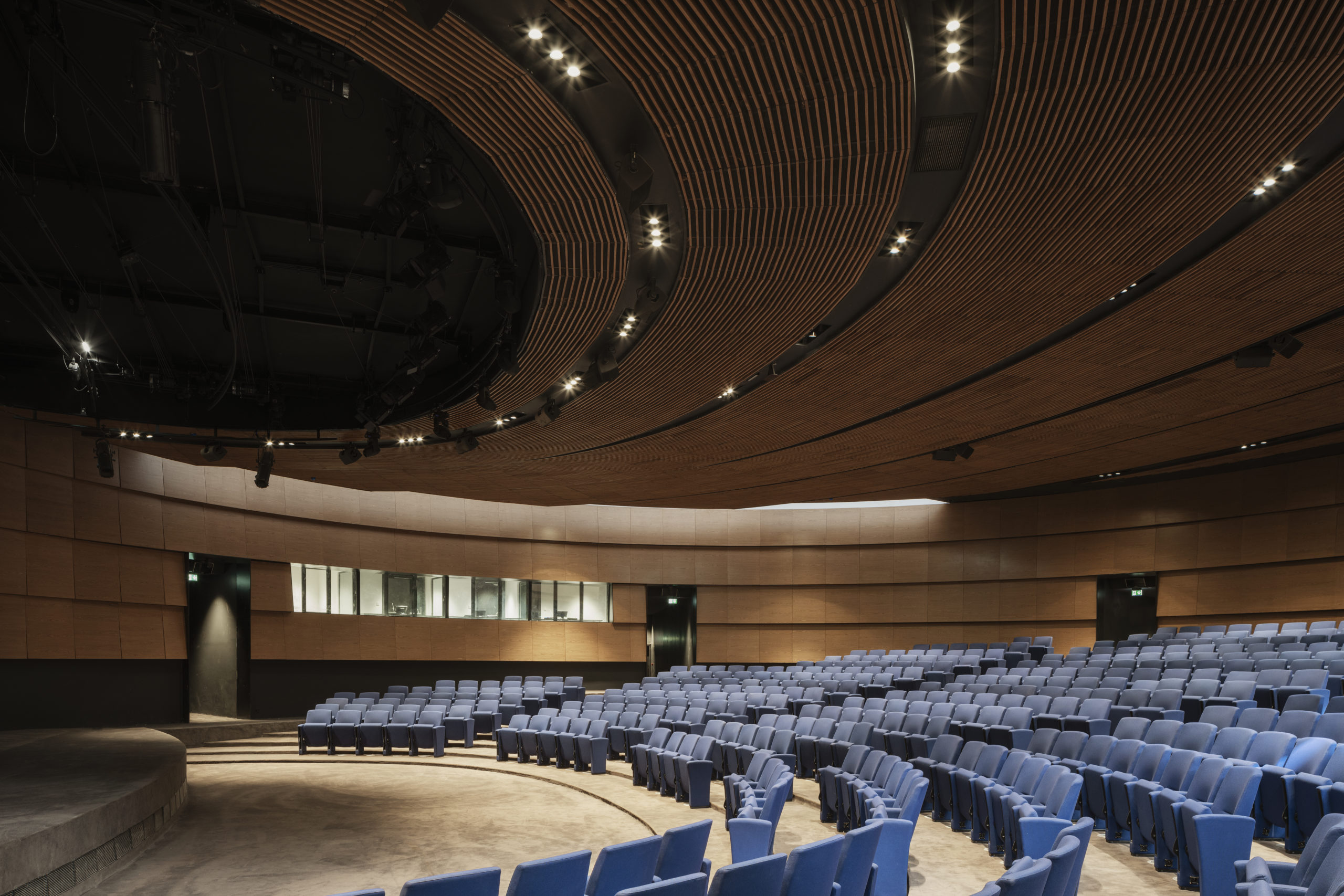
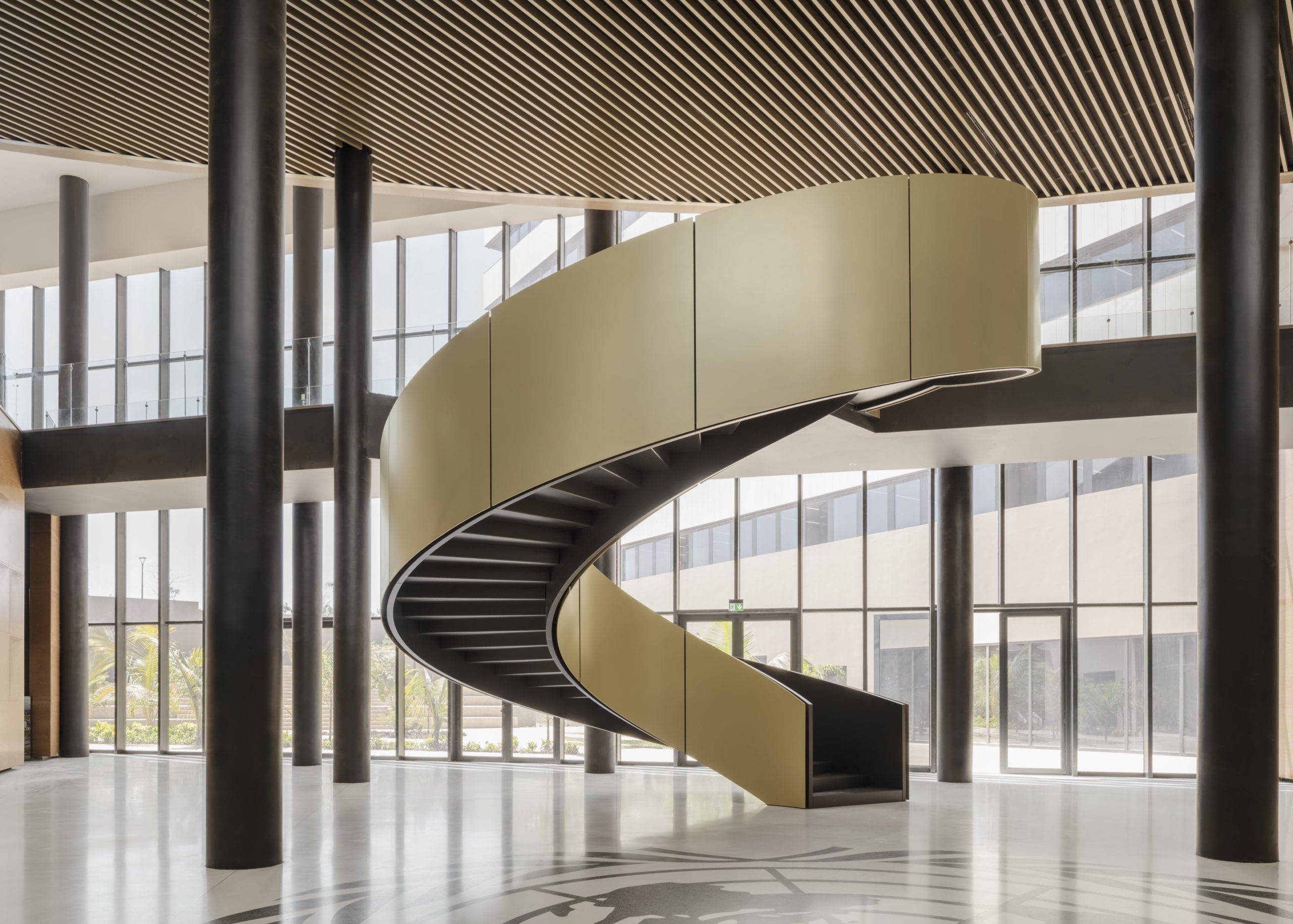
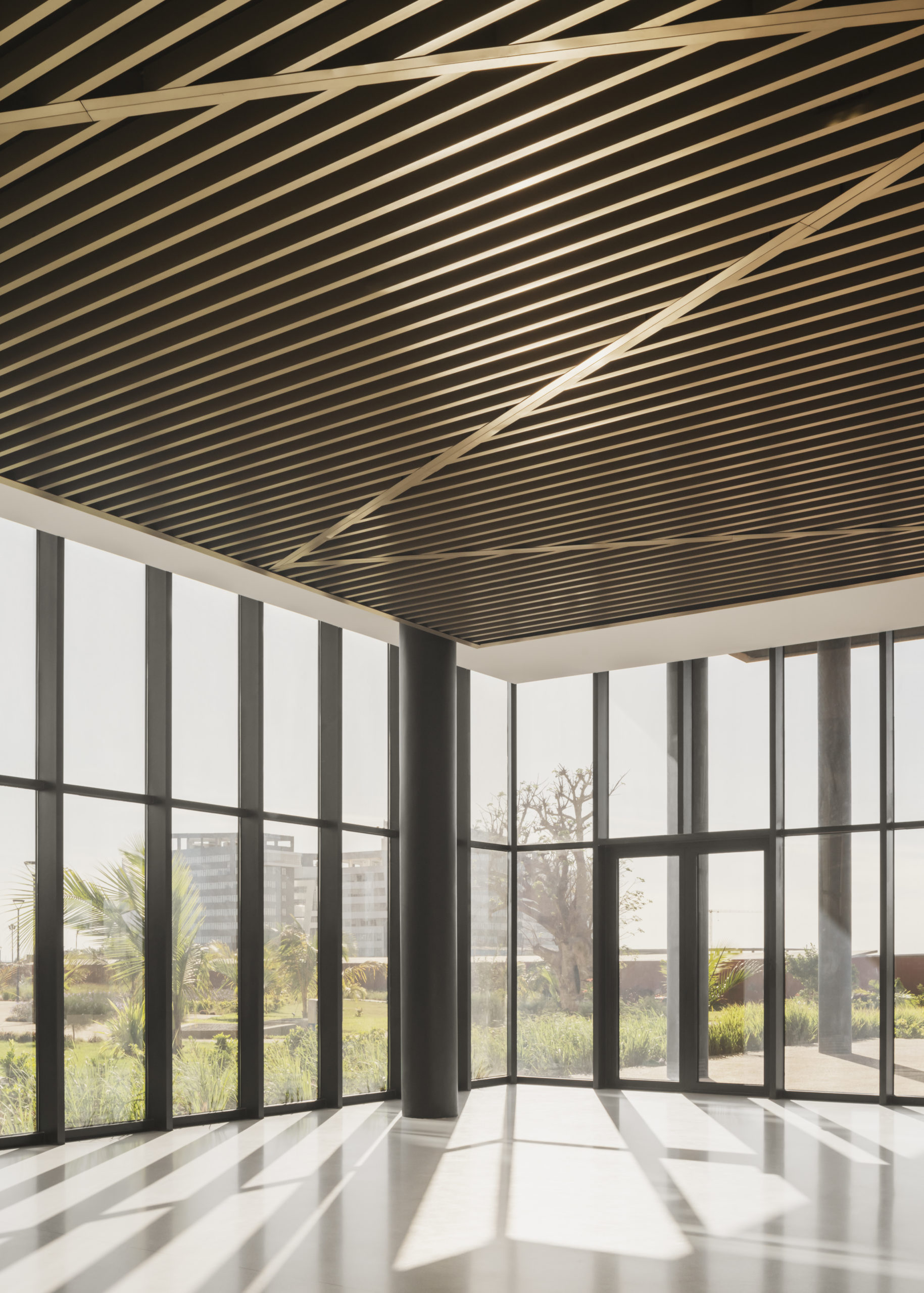
The spatial modulation of the programme echoes the form. The formal spaces are located at the heart of the building: amphitheatre and reception areas will host international conferences, seminars and debates. This central activity is supported by a ring of public and common spaces such as it support, consultation centres, meeting points, catering areas, etc.


